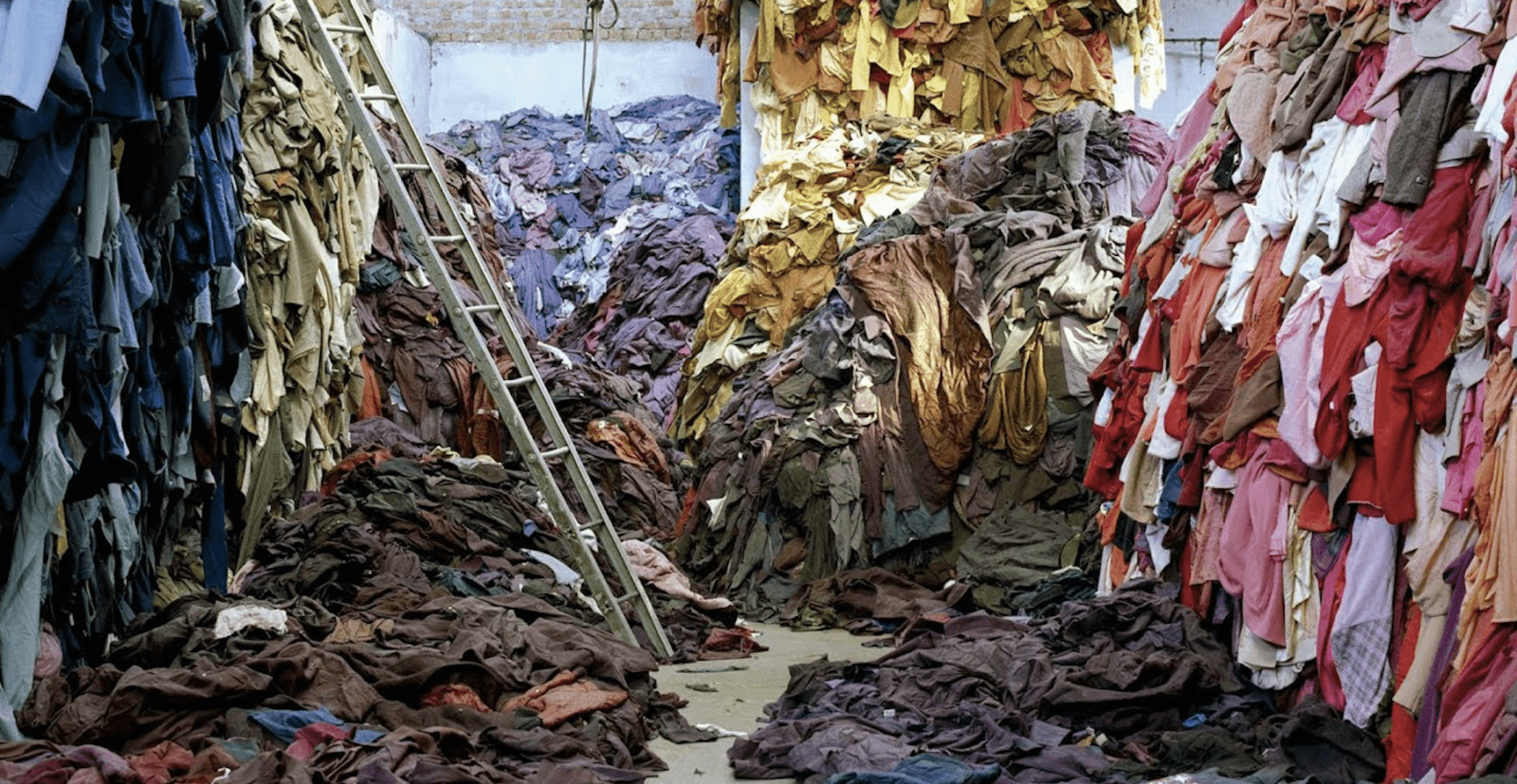Why it’s important to ditch fast fashion
by ajones | Mar 2, 2022 | circularity, apparel, Blog | No Comments

Fashion is getting faster. For example, Edited’s most recent sustainability report showed that fast-fashion retailers dropped 19% more fresh styles in 2021 than 2020. Also, at five fast-fashion brands, 57% of online products have been listed for less than three months (Chua, 2021). Of course this is a concerning statistic.
What is fast fashion?
Market Reports World (2022) defines fast fashion as a contemporary term that expresses how quickly fashion designs move from the catwalk to in-store trends. “Fast fashion allows mainstream consumers to purchase trendy clothing at an affordable price. Fast fashion became common because of cheaper clothing, an increase in the appetite for fashionable clothing, and the increase in purchasing power on the part of consumers.” Instead of the traditional seasonal lines, fast-fashion brands introduce new products as quickly as multiple times in a week (Market Reports World, 2022).
The global fast-fashion market was projected to grow from $25.09 billion in 2020 to $30.58 billion in 2021. Moreover, it will likely reach $39.84 billion in 2025. Popular brands in this market include Zara, H&M, Uniqlo, and Primark (Salfino, 2021). And while 67% of shoppers ages 13-34 say they would like fewer, higher quality items of clothing, more Gen Z and Millennial consumers shop at fast-fashion stores than those of older generations (Salfino, 2021).
Above all, fast fashion is not good for the environment. For instance, the International Union for Conservation of Nature (IUCN) found that 60% of all apparel is made from synthetic fibers, and 35% of microplastic pollution found in oceans comes from washing synthetic textiles (Salfino, 2021).
Hubbub, a London-based environmental charity, found that 41% of 18- to 25-year-olds feel pressure to wear a different outfit each time they go out. One in six feel that they can’t wear a repeat outfit after it’s been seen on social media (Salfino, 2021). While buying fast fashion apparel seems affordable, consumers are getting low quality, cheaply made products that will not last.
How consumers can make a difference
Certainly if consumers take the time to invest in durable, long-lasting textiles, the end result will be a better sustainability footprint. There is a growing awareness of the need for sustainability. A 2021 Cotton Incorporated survey found an encouraging 64% of fashion consumers prefer to buy clothing that is higher in quality than more fashionable, and 35% of shoppers consider sustainability and eco-friendliness when purchasing clothes (Salfino, 2021).
A survey about circularity by the digital think tank the Capgemini Research Institute reached 8,000 global shoppers and 20 industry experts. The survey found that 70% of shoppers desire to learn more about maintaining their apparel so that it will last longer. They also reported moving away from fast fashion (37%), donating or giving away used apparel (46%), and repairing and repurposing items (34%). As consumers spend their money only on apparel from brands whose practices they support, brands will react accordingly. Consumers know that they are drawn to low prices and convenience. However, 67% of shoppers surveyed said they now expect retailers to advertise their products in a way that discourages excessive consumption (Nishimura, 2021).
In conclusion, understanding what fast fashion is, how to identify it, and why it matters will help consumers switch from low-quality, cheaply-made products to durable, long-lasting textiles that provide a better sustainability footprint. This will benefit the consumer, the fashion industry, and the environment worldwide.
References
Chua, J. M. (2021, October 20). You’re not imagining it: Fashion is getting faster. Sourcing Journal. https://sourcingjournal.com/topics/sustainability/edited-2021-fashion-sustainability-report-recycled-denim-shein-primark-digital-apparel-308894/
Market Reports World. (2022, February 8). Global fast fashion market (2022-2027) research report. https://www.globenewswire.com/news-release/2022/02/08/2380873/0/en/Fast-Fashion-Market-2022-Size-Share-Global-Industry-Future-Growth-Latest-Technology-Demand-Business-Challenges-Opportunities-Key-Players-Recent-Developments-and-Forecast-2027-Marke.html
Nishimura, K. (2021, November 9). 72% of consumers interested in recycling, reuse and reducing waste. Sourcing Journal. https://sourcingjournal.com/topics/sustainability/capgemini-research-institute-circularity-fashion-recycling-waste-repair-312353/
Salfino, C. (2021, September 9). How fast fashion shows disparity between what consumers want & what they buy. Sourcing Journal. https://sourcingjournal.com/topics/lifestyle-monitor/fast-fashion-shein-gen-z-bangladesh-cotton-300006/

Is the Fast Fashion Industry in Decline?
Fast fashion brands produce trendy clothes at an affordable price, and they release new designs...

Degrowth and the Fashion Industry
Between 2000 and 2014, consumers increased their apparel purchases by an average of 60%, with 85%...

The Environmental Impact of Fast Fashion
Fast fashion presents an environmentally-strenuous cycle of mass producing low quality products to...
